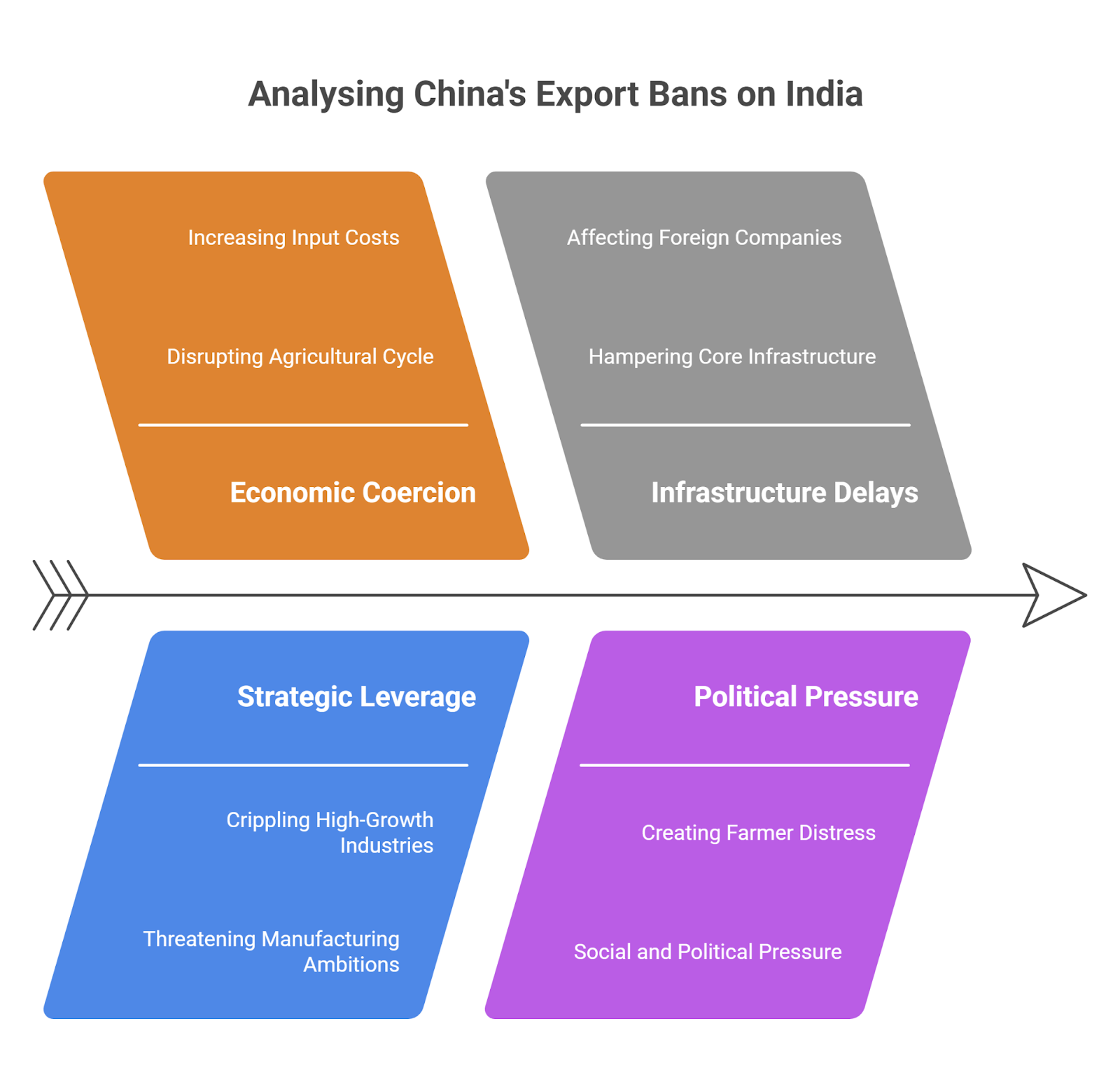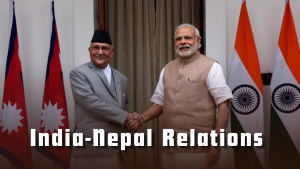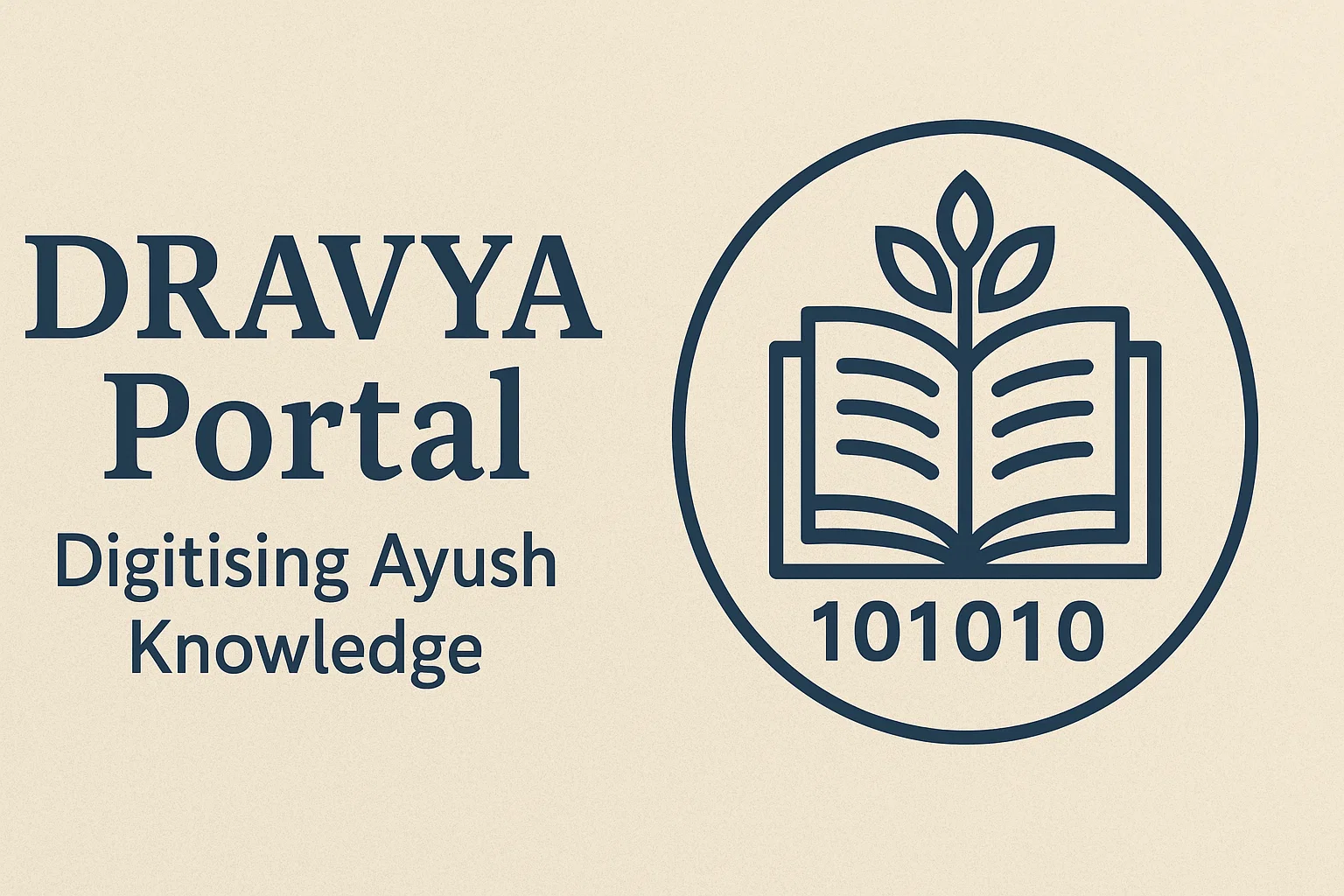Font size:
Print
A Thaw in India-China Economic Relations
Context: In a significant diplomatic development, China has informed India that it has lifted export restrictions on three critical items: fertilisers, rare earth magnets & minerals, and tunnel boring machines.

How can lifting export bans help the Indian economy?
The resumption of these critical imports from China provides immediate relief and stabilises key sectors of the Indian economy.
- Boosts Agricultural Productivity and Curbs Inflation: The steady supply of DAP and other fertilisers will ensure a healthy Rabi harvest, securing farmers’ incomes and helping to control food inflation, a primary concern for the economy and policymakers.
- Revives Manufacturing and Exports: The auto, electronics, and green energy sectors heavily rely on rare earth elements for components like magnets in motors, batteries, and speakers.
- Restoring this supply chain will prevent production halts, protect jobs, and allow India to meet its export orders, strengthening its manufacturing output under initiatives like ‘Make in India’.
- Accelerates Infrastructure Development: The timely delivery of Tunnel Boring Machines (TBMs) and their parts will get delayed metro, rail, and highway projects back on track.
- This is crucial for improving urban mobility, generating employment, and enhancing overall economic efficiency.
- Reduces Input Costs: Dependence on alternative, more expensive sources for these goods has increased costs for farmers and industries.
- Resuming imports from China, a cheaper source, will ease cost pressures and improve profitability.
Why is it necessary to ease border tensions between India and China?
While the economic benefits are clear, the fundamental imperative for easing tensions is strategic and existential.
- Risk of Military Escalation: The continued military standoff along the Line of Actual Control (LAC) is a tinderbox.
- A single miscalculation or skirmish could escalate into a larger military conflict with devastating consequences for both nations and the entire region.
- Diverted Strategic Resources: The ongoing tension forces India to dedicate immense financial, military, and diplomatic resources to its northern border, which could be better utilised for other strategic priorities or national development projects.
- Global Strategic Alignment: Continued hostility pushes India further into strategic partnerships like the Quad (with the US, Japan, Australia).
- While beneficial in many ways, a complete breakdown in communication with China reduces India’s strategic autonomy and flexibility on the global stage.
- Economic Interdependence is a Reality: Despite efforts toward ‘Atmanirbhar Bharat’, complete decoupling from the Chinese economy is neither feasible nor desirable in the short to medium term.
- China remains a major source of critical inputs, and it is a huge market. Managed competition, rather than outright hostility, is a more pragmatic approach.
- Diplomatic Channels for Conflict Resolution: Dialogue is the only peaceful path to resolving the border issue.
- Easing tensions creates a conducive environment for the complex and prolonged negotiations required to establish a mutually acceptable border framework.



